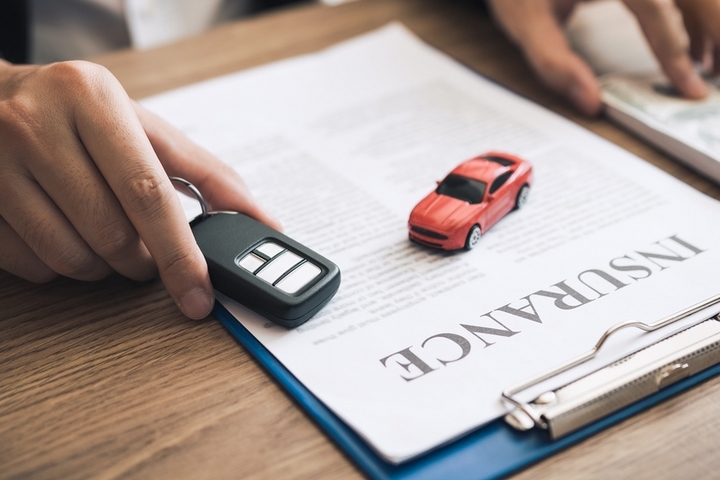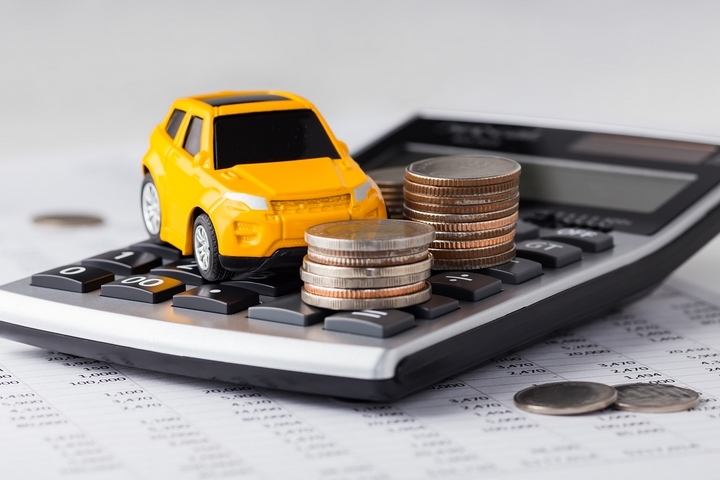6 Car Insurance Coverage Types with the Best Premiums

Every driver is required to have car insurance in Canada. New drivers are often advised by a parent on what’s the right car insurance coverage type for them. Others prefer to do their own research, trying to snag the best rate.
Before you get going with a car insurance service, it’s important to know there are different car insurance coverage types ranging from basic to comprehensive. Here’s a quick list of six car insurance coverage types with the best premiums:
Type #1: Minimum Car Insurance Coverage

Before we delve into the basics of car insurance types, note that minimum coverage varies province to province. Familiarize yourself with what’s mandated in your area. You will at least require basic coverage. Driving without car insurance is no joke. When caught, your license will be suspended, car potentially impounded, and you will be given a fine between $5,000 and $50,000.
You can purchase car insurance coverage in Canada through three methods:
The first is to through an insurance agent. You go to the car insurance company, set up an appointment, consult with an agent, and book a policy.
The second is to use a licensed insurance broker. Representing a number of companies, an insurance broker does the research and provides the best options available.
The third is shopping and researching a policy online. This will usually end up with a phone call with an insurance agent to finalize the process.
Type #2: Third-Party Liability Insurance Coverage

Third-party liability car insurance coverage is the most basic type you will encounter. This car insurance coverage type in Canada is mandatory. It protects the policyholder – that’s you! – from paying for damage you cause to someone else’s property.
The coverage protects you against cost or action from another party as a result of getting someone else killed or injured in a car accident caused or committed by you. At the very least, this coverage should also cover the medical costs of anyone injured in an accident.
This car insurance coverage type should be affordable for the vast majority of people. There are options, however, if you can’t afford the mandated minimum car insurance coverage. Homeowners can bundle home and auto insurance together, receiving a discount on both. Another option is to raise your deductible – this is the amount you pay out of pocket on a claim before insurance starts to chip in.
Your insurance company may be open to raising your deductible, saving a lot on your monthly premium. Lastly, shop around. Not all auto insurance companies are the same. Some offer adequate coverage at a better rate.
Type #3: Collision Insurance Coverage

Where third-party liability coverage is for the other vehicle, collision coverage covers you and yours if you hit something other than a vehicle. Let’s say, you hit a guardrail or slide on black ice during winter and hit the curb. The damage incurred would be covered under collision.
Also, should you be in an accident with a motorist who themselves do not have auto insurance, collision’s there to cover you. This type of coverage generally costs more than third-party liability.
For this car insurance coverage type, a big influence on how much you will pay for car insurance is driving history. A safe driver whose never received a speeding ticket can pay $1,000s less annually in premiums compared with someone who has been involved in collisions or who is deemed a high-risk driver.
As discriminatory as it may sound, age and gender also factor in. The older you are, the less you pay. Also, due to exhibiting riskier driving behaviour, men often pay more in car insurance than women.
Type #4: Comprehensive Insurance Coverage

Comprehensive coverage is the broadest range of insurance protection you can have on a vehicle. Comprehensive covers medical and collision-related damage, and will also protect expenses that occur as a result of theft and floods. As expected, comprehensive is the most expensive car insurance coverage type.
The premium you pay on any car insurance coverage varies according to a vehicle’s make, model, and production year. For example, a luxury sports car will cost more to insure than a common Dodge Caravan. This is because the sports car is more expensive and thus, cost on damage would be higher.
Also, a sports car is more likely statistically speaking to be involved in an accident than a Dodge Caravan. The calculation to arrive at an exact premium is complicated and extensive.
Type #5: Specified Perils Insurance Coverage

Specified perils coverage protects your vehicle from more specific damage. It might include something like theft or attempted theft. Individuals with a policy including specified perils may choose protection on weather-related damage such as fire, lightning, windstorms, and earthquakes.
Where you live, according to the neighborhood, can impact your premium. For example, you driving the same car in downtown Toronto is going to pay a different rate than if you were driving the identical car in rural Manitoba. This is because the likelihood of an accident and driving behaviours change depending on location.
Type #6: All Perils Insurance Coverage

All perils coverage covers any damage caused while your vehicle is stolen by someone in your household or someone you have hired to drive your vehicle. This type of coverage isn’t appropriate for most car owners however some do tap into it. The premium attached is predictably expensive, compared to other car insurance coverage types.


